We had a wet day, but I was amazed at the happy and smiling faces at our countdown dinner. Despite the rain people enjoyed the day and had fun experiences and stories to tell. And… it was nice to be in a dry, warm place with friends and yummy food after a big day. Special thanks go to some folks that joined us for the first time including Connie, Rick, Tess, Rich, Pam, Neal, Elee, Marie and Rex. We’re so glad you joined us!
This year we had 42 participants in 14 team areas, 3 feeder counts, and one rogue pair of kayakers (Stef and Marie) that defied all team area lines and floated the North Umpqua River from Whistler’s Bend Park to Umpqua Community College. This was a grand adventure and netted one of very few AMERICAN DIPPERS we have ever had for the count. Awesome job Stef and Marie!
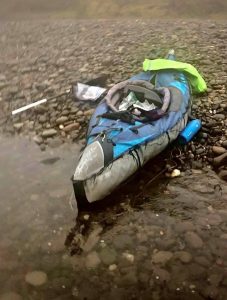
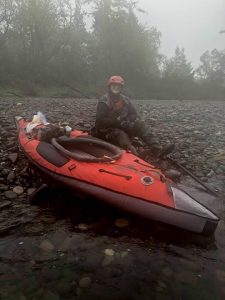
Stef and Marie pulled out along the North Umpqua River, photo by Stef Neyhart
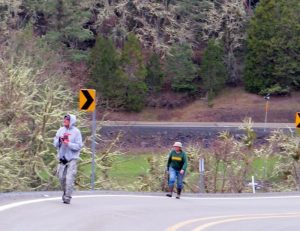
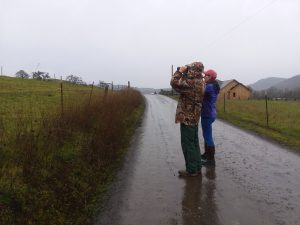
Okay, now to the BIRDS!!! This year we had a total of 15,287 individuals, down from 17,954 last year, which was a somewhat low number itself. In looking at recent counts I’ve realized that total numbers for this CBC are influenced largely by the number of American Robins in any given year. For example, this year and last year we had between 2000 and 3000 American Robins, but in 2017 we had 17,985 American Robins, which contributed to a count total of 39,149! So, considering the poor counting conditions this year, the numbers were probably rather average overall.
Our species total was 106, just under a recent average of about 110. The ten most numerous species this year were: EUROPEAN STARLING (2219), AMERICAN ROBIN (2065), DARK-EYED JUNCO (1000), CANADA GOOSE (904), MALLARD (780), AMERICAN COOT (727), AMERICAN WIGEON (660), BREWER’S BLACKBIRD (529), RED-WINGED BLACKBIRD (507), and WILD TURKEY (449). However, the ten most widespread species, found in all or most of 14 team areas were: AMERICAN ROBIN (14), DARK-EYED JUNCO (14), BLACK-CAPPED CHICKADEE (14), WESTERN SCRUB-JAY (14), NORTHERN FLICKER (14), CANADA GOOSE (13), MALLARD (13), BREWER’S BLACKBIRD (13), AMERICAN CROW (13), and SPOTTED TOWHEE (13). In contrast, 19 species were found in only one team area; not found by any other team (see links to summary tables below for more detail).
Early morning owling turned up just a couple regular species: GREAT-HORNED OWL and WESTERN SCREECH-OWL. There are certainly numerous Barred Owls and a fair number of Barn Owls in the count circle, but it will take some additional pre-work to find these before the count.
No all-time new species were added to the count, which has been run consecutively for about 45 years now. Two species were observed that have been detected 10 times or fewer: CINNAMON TEAL and AMERICAN DIPPER. Despite the difficult counting conditions record high counts were made for several species including: GADWALL (60), COMMON GOLDENEYE (29), WILD TURKEY (449), SPOTTED SANDPIPER (11), and VARIED THRUSH (69). Record lows this year were: WOOD DUCK (2) and KILLDEER (3).
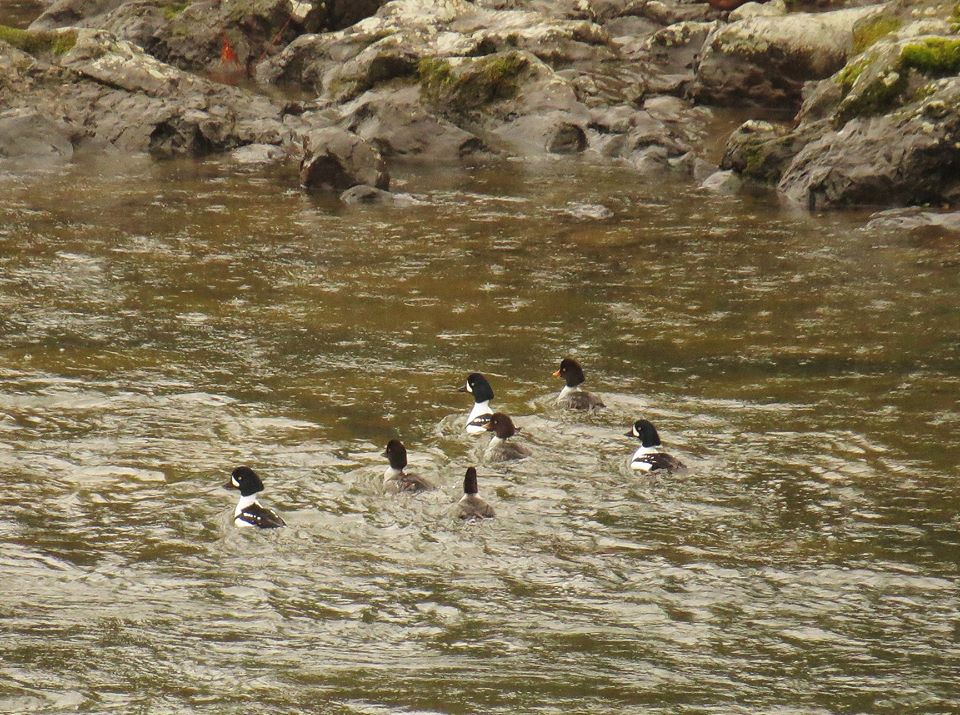
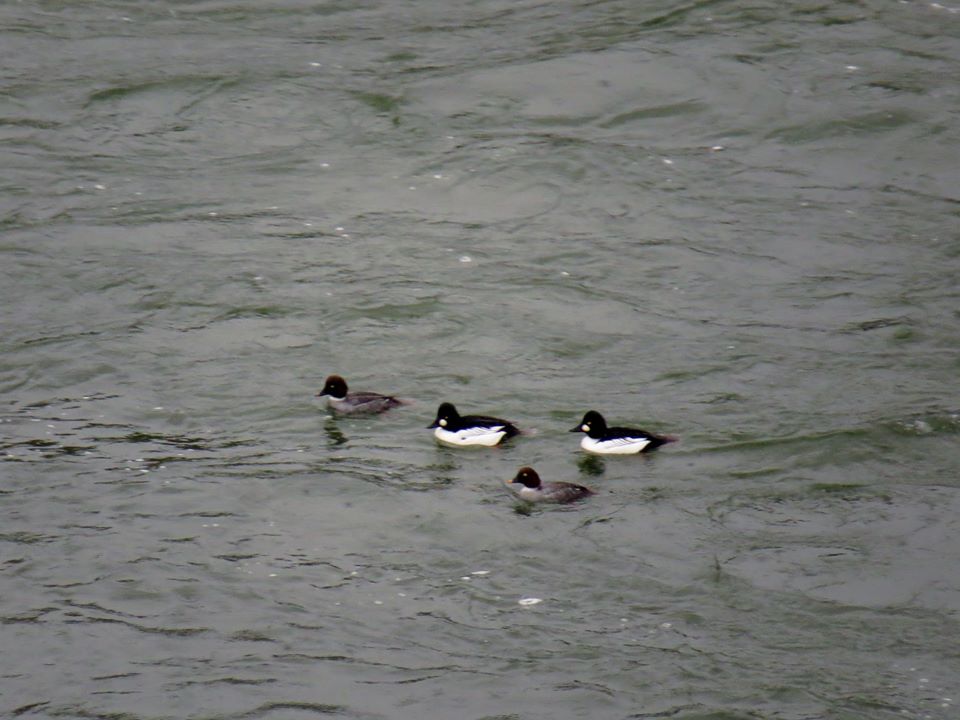
Species missed that have been recorded on 30 or more of 45 historical counts include (and number of counts in which previously recorded): RING-NECKED PHEASANT (40), PINE SISKIN (38), WHITE-THROATED SPARROW (37), HAIRY WOODPECKER (36), WESTERN GREBE (36), and GREEN HERON (32).
Probably the most interesting natural history observation that I heard about was the RED-SHOULDERED HAWK that Dale and Elva Paulson observed carry an AMERICAN COOT up into a tree. Red-shouldered Hawks usually go for smaller prey, so this is a large item for the species. Getting the coot up into a tree was a tremendous feat for this small buteo!
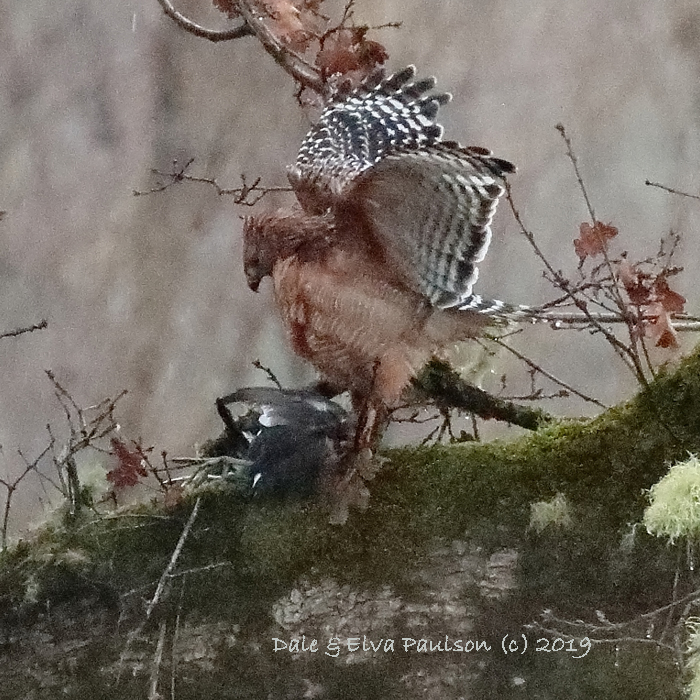
For a more detailed look at the numbers this year, check out these summary tables (also available at www.umpquabirds.org/cbc):
**Numbers of birds recorded by team area–sorted by taxonomy
**Numbers of birds recorded by team area–sorted by total number of each species
**Numbers of birds recorded by team area–sorted by number of team areas recording each species
Thank-you again to Jeannie Pollock for entering everyone’s tally
sheet data into her spreadsheet and eventually to the national CBC
database! The variability in people’s writing is tremendous and Jeannie
conquers this challenge and gets it all entered!!!
For more information on Christmas Bird Counts in Douglas County, see www.umpquabirds.org/cbc. Hope to see y’all and your friends next year!!! 🙂
Some additional photos from count day from various photographers….
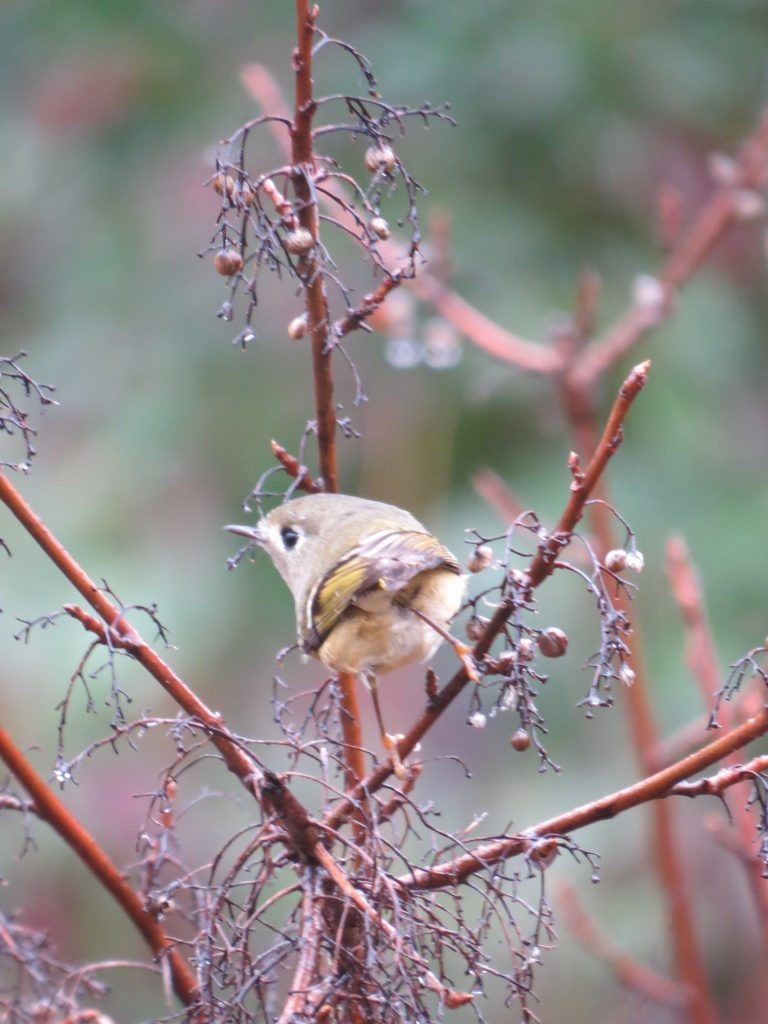

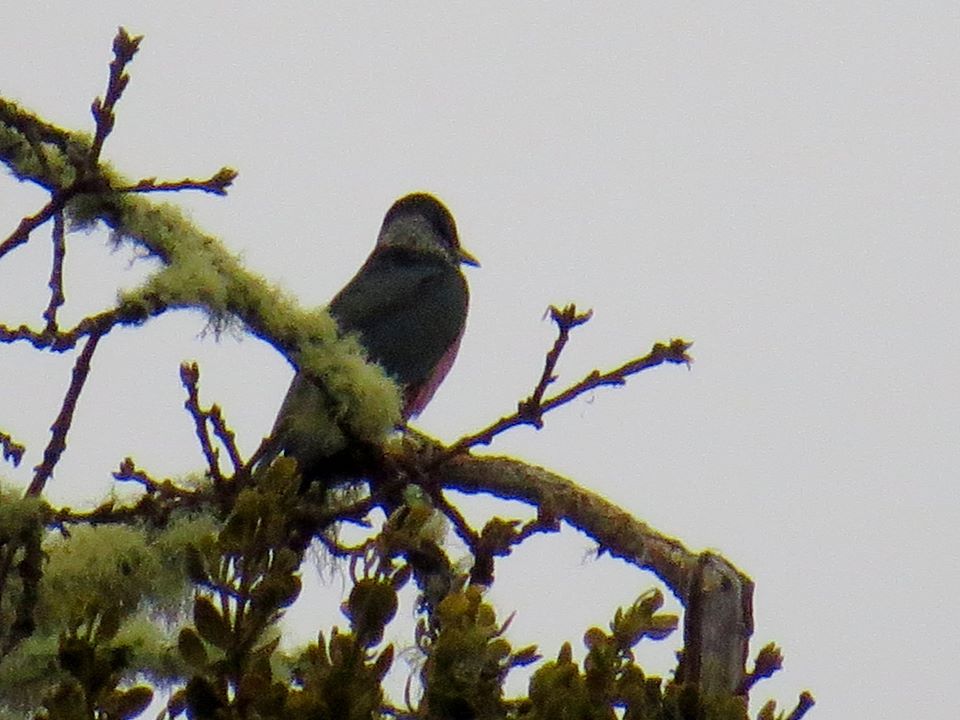
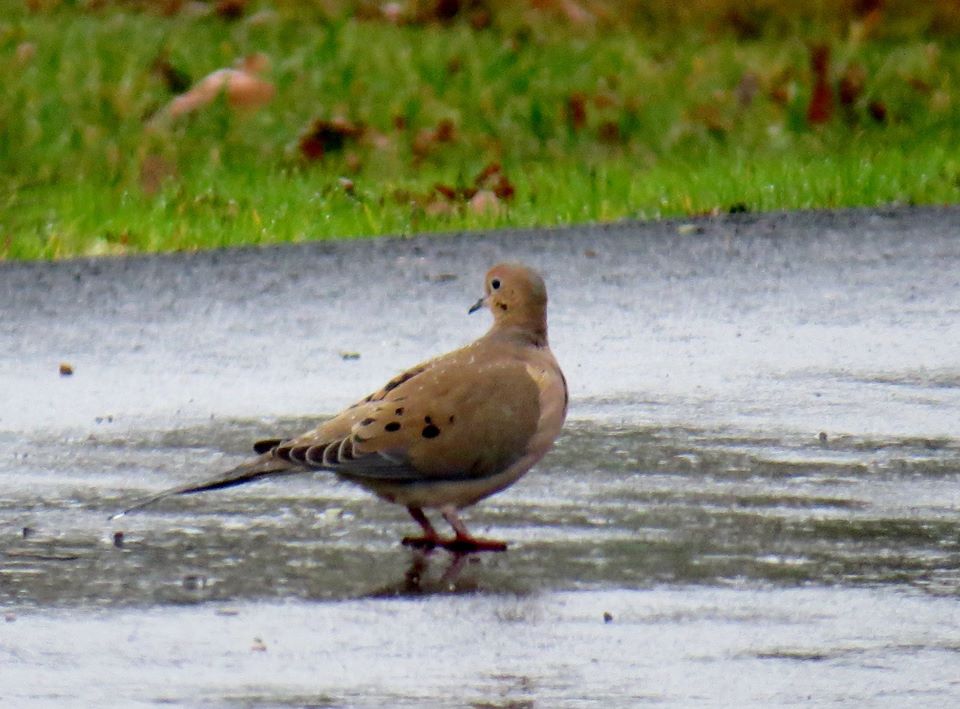
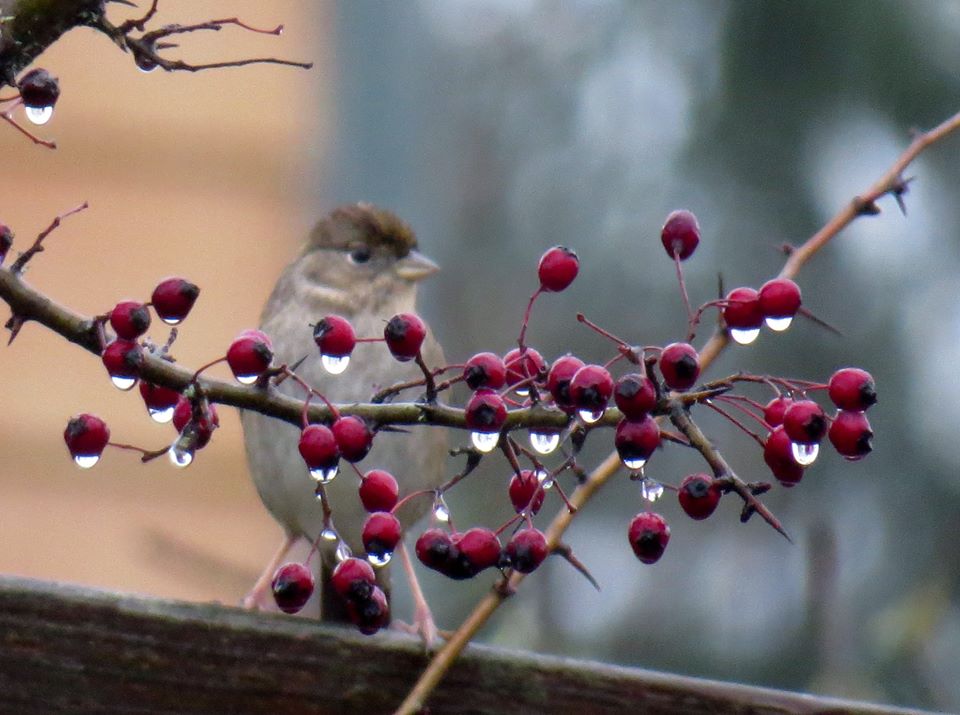
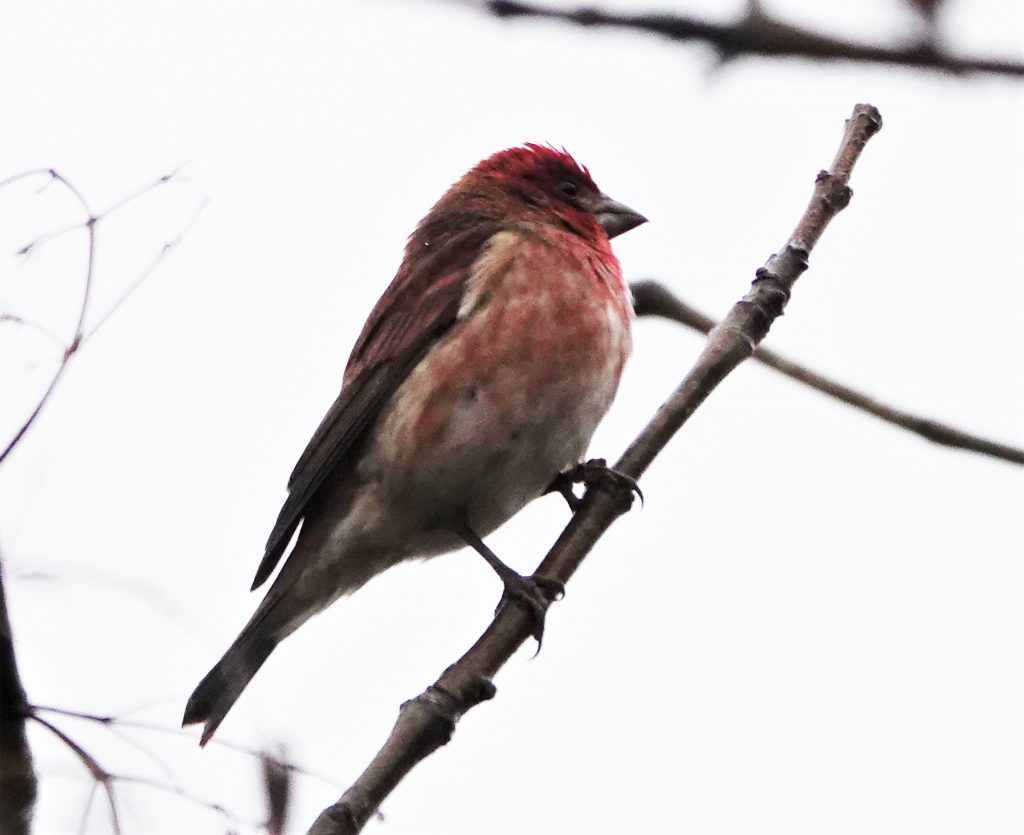
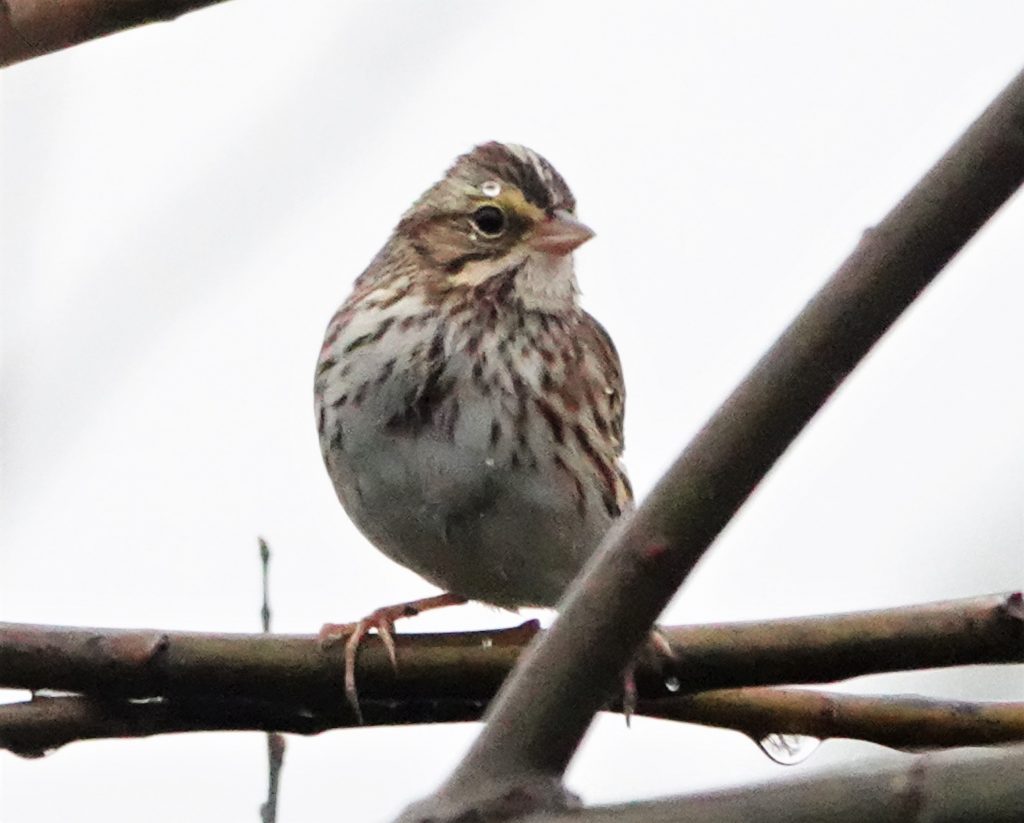
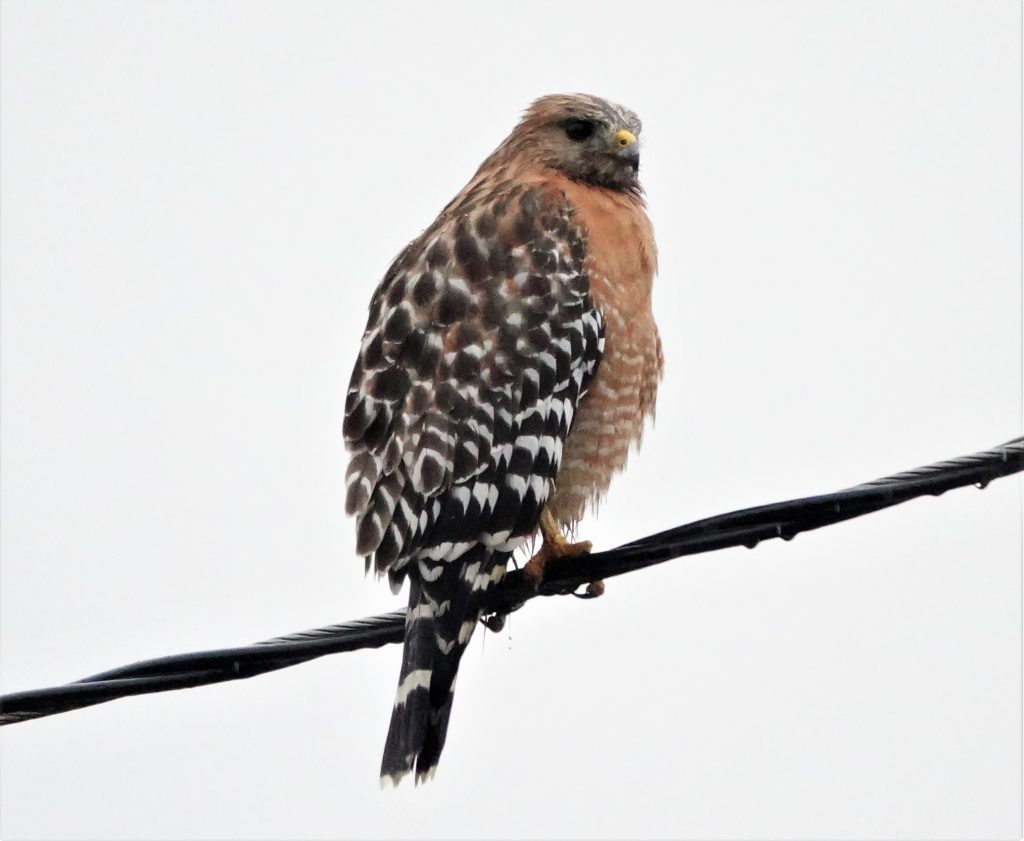
This Post Has 5 Comments
We’ve got a pretty comfy hide-a-bed and good grub waiting for you. Well, Donna’s place is probably better, but just plan on it and maybe it will work out! A long weekend sounds great! 🙂
Matt,
Thank you for the summary and I have enjoyed learning more about birds in our local area.
Is there a potential reduction in birds? Are there enhancements that can be conducted as partner organizations?
I’m willing to assist! Again thank you for the summary and what a great group of like-minded individuals.
Sidney
Thank-you Sidney. I can’t comment very accurately on most species without doing some additional data analysis, but I do know that some wintering species have increased over time (Double-crested Cormorants, Canada Goose, Black Phoebe, Red-shouldered Hawk, Gadwall), while others have decreased (Lewis’s Woodpecker, Lark Sparrow). In regard to enhancements or more generally conservation of habitats in the Umpqua Basin, I am most concerned about grassland ecosystems (terrestrial) and the South Umpqua River (aquatic). I hope to spur on some communications with regard to these habitats/resources.
Matt, thanks to you, Jeannie, Lisa, Mark, Serge, and everyone else who made the count enjoyable for the rest of us. I know it takes a lot of work, so thank you. Mikeal
Thank-you Mikeal. I appreciate you too.